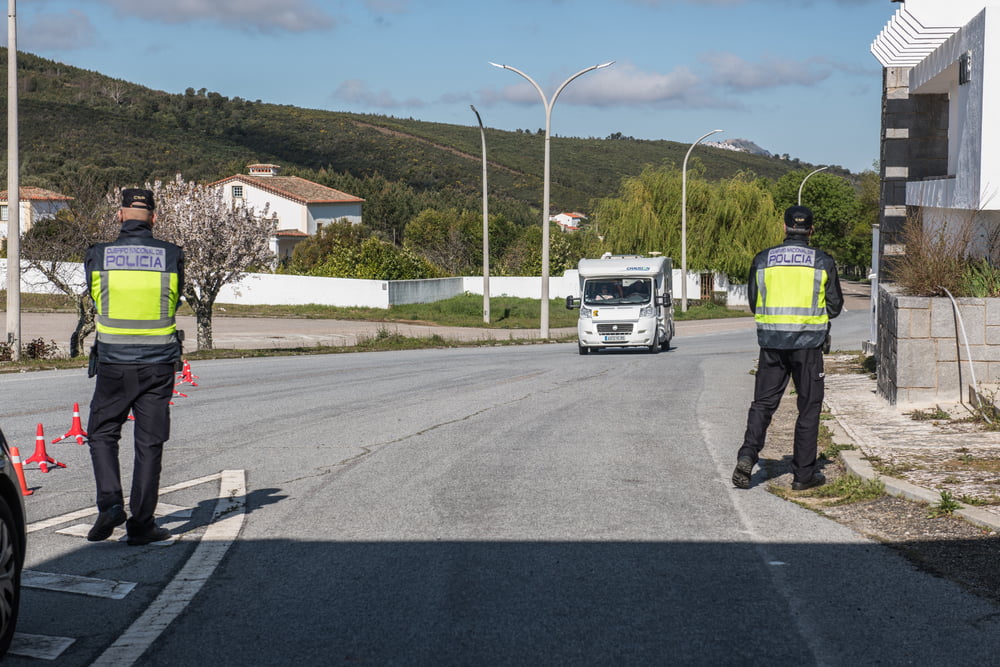The government has again extended the travel ban for people from outside Europe, this time until June 15. On April 20, the measure, aimed at countering the further outbreak of the coronavirus, was extended for the first time until today.
The entry ban applies to all persons outside the European Union, the Schengen countries and the United Kingdom. Exceptions are categories such as diplomats, military personnel, healthcare personnel, sailors and truck drivers.
The differences between the European countries are slowly becoming visible. Portugal opens its beaches in early June. Prime Minister António Costa said on Friday evening that everyone will be welcome again from 6 June. He advises the public to download an app that indicates whether a beach is full or whether there is still room.
Travelers entering Spain must be in home quarantine from Friday for two weeks, reports the Spanish newspaper El País. In Spanish airports, incoming travelers are tested for fever and given instructions to follow. They are not allowed to go outside, except to go to the doctor or to go shopping.
Residents of Italy will be free to travel between the twenty regions of the country again from 3 June. This is reported by the Bloomberg news agency, which saw a draft government decision about this.
The Baltic states of Estonia, Latvia and Lithuania have opened their borders to create the first European 'travel bubble'. Citizens and residents may travel freely between the three EU countries from midnight on Thursday. Anyone who comes from outside the countries must be self-insulated for 14 days.
Also an entry ban for our favorite holiday destination. France recognizes for the first time that the country is likely to be without foreign tourists this summer. Secretary of State for Tourism Jean-Baptiste Lemoyne against the French news channel on Friday morning LCI. ‘We almost certainly have to do without foreign tourists this year.'
Also read: External borders Schengen area closed for 30 days


